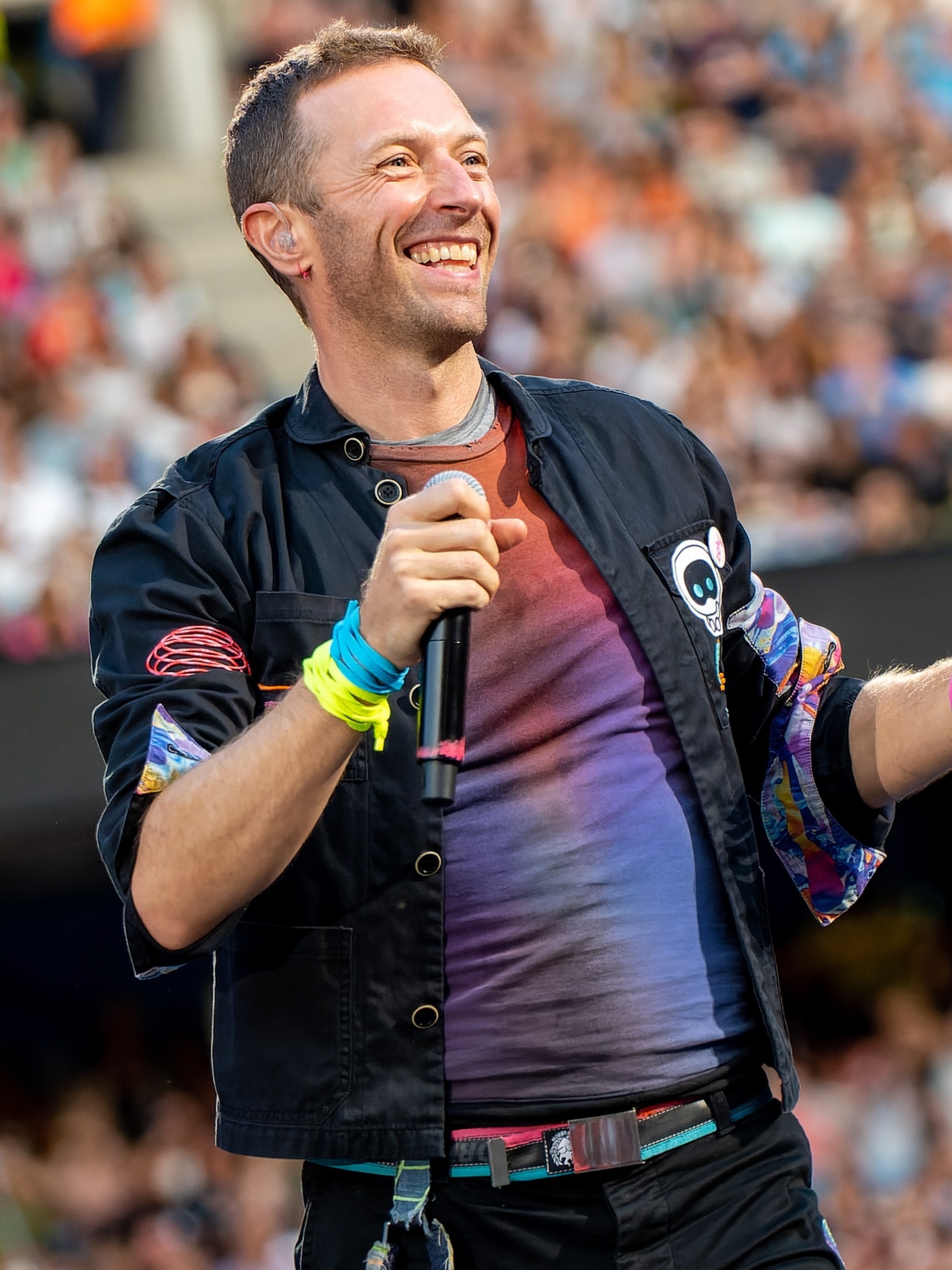By Milad Haghani, UNSW Sydney, The Conversation
In recent months, Australian concertgoers have witnessed plenty of unexpected onstage drama.
The latest example came from Coldplay’s sold-out Sunday show in Melbourne. Lead singer Chris Martin took a sudden plunge through a trapdoor, catching fans off guard, before reemerging with a laugh and reassuring wave.
Just weeks prior, also in Melbourne, singer Olivia Rodrigo abruptly fell into an unexpected opening mid-performance.
While such slips may seem like isolated moments of bad luck, they signal at one aspect of live shows that often goes unnoticed: performer safety.
As stages become increasingly elaborate – with intricate set designs and high-tech moving parts – the line between awe-inspiring production and potential hazard grows thin.
A thin line between spectacle and risk
Performer safety mishaps aren’t isolated accidents. They are part of a recurring pattern in live music in both Australia and overseas, with falls and slips being one of the most common setbacks. For instance,
- in October Billie Eilish took a tumble down some stairs while onstage at New York’s Madison Square Garden
- in 2022, Post Malone fell through an open trapdoor mid-performance in St Louis. The fall resulted in a rib injury, a 15-minute interruption to the show and many concerned fans
- on a more local level, in 2022 Australian cabaret performer Hans suffered a shattered foot and slight spinal damage after falling four metres while performing on a cruise.
Beyond losing one’s footing, audience aggression and inappropriate behaviour towards artists have also been on the rise in recent years:
- in October, The Weeknd was grabbed by a Melbourne concertgoer who evaded security and rushed onto the stage and towards the artist, stunning him momentarily
- last year, Bebe Rexha was struck in the face by a phone thrown from the audience during a concert in New York City. This resulted in a laceration that required stitches
- Harry Styles was hit by various objects during his 2023 world tour. In one show in Los Angeles, a skittle struck his eye
- the same year, Ava Max was slapped in the face by a fan who rushed onto the stage in Los Angeles
- during her BST Festival performance in London, P!nk was taken aback when a fan threw a bag containing their mother’s ashes onto the stage. While no one was injured, the unusual act left P!nk visibly shocked.
What’s behind this trend?
From falls, to fans rushing onstage, to objects flying from the crowd, it’s clear artists are facing a unique set of safety challenges. These challenges are driven by two factors: audience behaviour and increasingly complex stage designs.
While audience misbehaviour poses a significant risk, it seemed to have peaked post-pandemic. This may have reflected a collective frustration – or perhaps it was audiences failing to remember proper concert etiquette after spending so much time in lockdowns.
Social media also arguably played a role, by turning disruptive actions into “viral moments” and potentially inspiring copycats. Fortunately, these incidents seem to be declining as live music crowds settle back into pre-pandemic norms.
Stage-related mishaps, however, appear to be on the opposite trajectory. As artists strive to create unforgettable experiences, they’re confronted with stages that are riskier than ever before.
Delivering the “wow factor” has led to stages becoming multi-layered landscapes with high-tech trapdoors, platforms, dazzling lights and immersive visuals that may be difficult for the performer to navigate.
This raises a significant but often overlooked element in safety discussions: the human factors. Even the most seasoned performers can only process so much sensory input at once. As stage productions grow more complex, the cognitive load on artists also intensifies.
We’re seeing similar phenomenons in other high-stakes settings, such as with pilots who manage complex flight instruments, or drivers who must respond to multiple road cues. Mistakes happen when there’s too much information to process.
Artists already spend much of their mental energy on trying to engage their audience, leaving fewer resources to safely navigate a maze of lighting rigs, trapdoors and moving platforms. In this context, stage mishaps aren’t accidents; they’re byproducts of an environment where human attention is stretched to its limits.
As the demand for spectacle increases, so too does the risk of artists facing disorientation or injury.
Why does it matter? And what should be done?
Major artists are humans, too. Their safety is just as important as that of the audience – and is also an occupational safety matter.
But even beyond artists’ wellbeing, the effects of an onstage mishap can be felt by the entire audience. An accident can pause or even cut a show short, leaving fans frustrated.
While recent incidents have been limited to minor injuries or brief disruptions, these recurring patterns point to a growing issue that shoudn’t be ignored.
It’s time to bring performer safety into the spotlight – and there are a few ways we can do this. For instance:
- tour operators and production teams have a responsibility to conduct thorough safety audits to identify every possible risk element an artist may encounter on stage
- venues should prioritise security and make sure major events are adequately staffed
- fans should be reminded that a stage is a performer’s workplace – and not an interactive free-for-all.
At the end of the day, ensuring a performer’s safety is a responsibility that falls on everyone, from the tour operator, to venue staff – and yes, even to the fans.![]()
Milad Haghani, Senior Lecturer of Urban Analytics & Resilience, UNSW Sydney
This article is republished from The Conversation under a Creative Commons license. Read the original article.






















